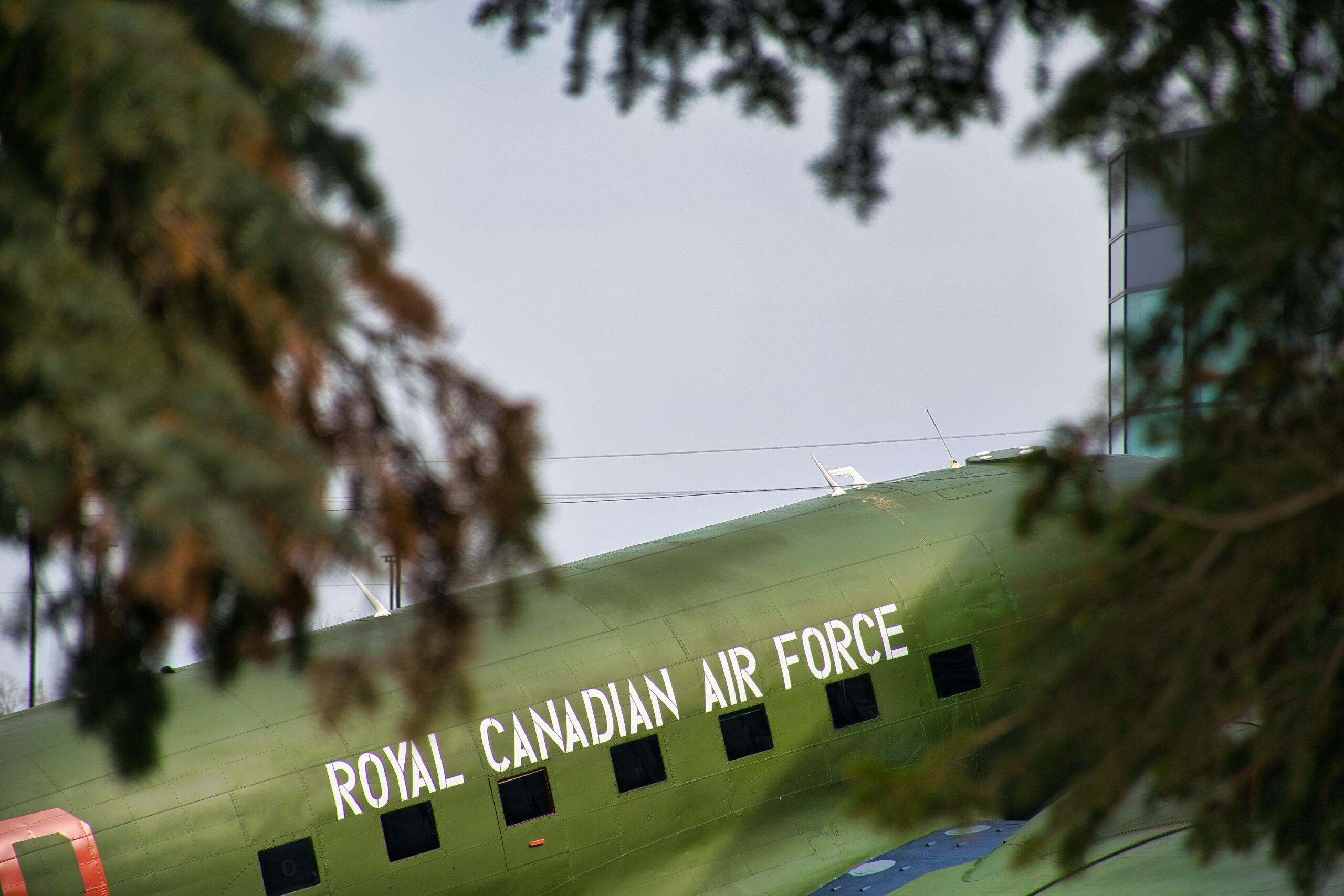Canadian army

Members of the Canadian Armed Forces (CAF) are proud to serve their country by defending its values, interests, and sovereignty both at home and abroad. They advocate for global freedom, democracy, the rule of law, and human rights.
The CAF are a separate and distinct entity from the Department. The Canadian Army is led by General J.H. Vance, Canada's senior serving officer and Chief of the Defence Staff (CDS). He is in charge of military operations and ensuring that the CAF is always ready to carry out the tasks assigned by Parliament through the Minister of National Defence.
How difficult is the Canadian Army?
It could be the most difficult experience you've ever had, requiring hard work and perseverance. The courses emphasise fundamental military skills. Basic military skills, weapon handling, first aid, and ethical values are all emphasised in the courses. Because physical fitness is an important part of military service, a significant portion of the course is dedicated to fitness training for Alberta soldiers.
Canadian army: What do we do?
- The Canadian Armed Forces have the following mandate:
- Defending our sovereignty and protecting Canada.
- Defending North America in collaboration with Canada's closest ally, the United States.
- Contributing to international peace and security through global operations, most often in collaboration with allies from other countries.
Canadian army: Defending Canada
Every day, thousands of Canadian Armed Forces members contribute to Canada's defence by:
- Basic military skills, weapon handling, first aid, and ethical values are all emphasised in the courses. Because physical fitness is an essential component of military service,
- Our coasts are being patrolled.
- Our skies are being monitored.
- In charge of search and rescue missions
- Providing disaster relief assistance to civilian rescue authorities (forest fires, floods, avalanches, hurricanes, etc.)
North America's Defense
Canada contributes to North American defence by collaborating with the US at the North American Aerospace Defense Command (NORAD) to monitor and defend continental airspace and ocean areas programs.
Canadian armed forces: Making a Difference in International Peace and Security
Through operations around the world, the Canadian Forces contribute to international peace and security. Personnel from the Canadian Armed Forces are currently deployed overseas on operational missions infantry. One-third of the deployable force is preparing for, engaged in, or returning from an overseas mission on any given day. Canada belongs to the North Atlantic Treaty Organization.
How difficult is the Canadian Army?
It could be the most difficult experience you've ever had, requiring hard work and perseverance. Basic military skills, weapon handling, first aid, and ethical values are all emphasised in the courses. Because physical fitness is an important part of military service, a significant portion of the course is dedicated to fitness training programs.
The Army is also supported by 3,000 civilian civil service employees. It maintains regular forces units at bases across Canada and is also in charge of the Army Reserve, which makes up the majority of the Primary Reserve. Lieutenant-General Jocelyn Paul is the commander of the Canadian Army and the Chief of the Army Staff.
The term "Canadian Army" first appeared on official documents in 1940; prior to Confederation, the official designation was "Canadian Militia." As a precursor to the unification of Canada's armed services, all land forces, including RCAF tactical units, were placed under a new command called Force Mobile Command on April 1, 1966.
The "Canadian Army" remained a legal entity for two more years before merging with the Royal Canadian Navy and Royal Canadian Air Force to form the Canadian Armed Forces. In 1991-92, Force Mobile Command was renamed Mobile Command (with the French designation remaining the same), and in 1993, Land Force Command (French: Commandement des Forces terrestres) was established. Land Force Command reverted to the pre-1968 title of the Canadian Army in August 2011 for all canadians.
The Commander of the Canadian Army exercises command of the Army from National Defence Headquarters in Ottawa. The Canadian Army is divided into four geographical districts: the 2nd Canadian Division is based in Quebec, the 3rd Canadian Division is based in Western Canada, and the 4th Canadian Division is based in Ontario government.

Canadian armed forces: The single operational formation, the 1st Canadian Division, is part of the Canadian Joint Operations Command, not the Canadian Army. It succeeds the previous Canadian Joint Forces HQ as a deployable headquarters to command a divisional-level deployment of Canadian or allied forces on operations provided.
In addition to the four regional command areas, the Canadian Army Doctrine and Training Centre, formerly known as the Land Force Doctrine and Training System, is responsible for the supervision, integration, and delivery of Army training and doctrine development, including simulation and digitization. It is led by a major general order and is headquartered at McNaughton Barracks, CFB Kingston, Ontario. It includes several schools and training organisations, including the Combat Training Centre at CFB Gagetown, New Brunswick, and the Canadian Manoeuvre Training Centre.

